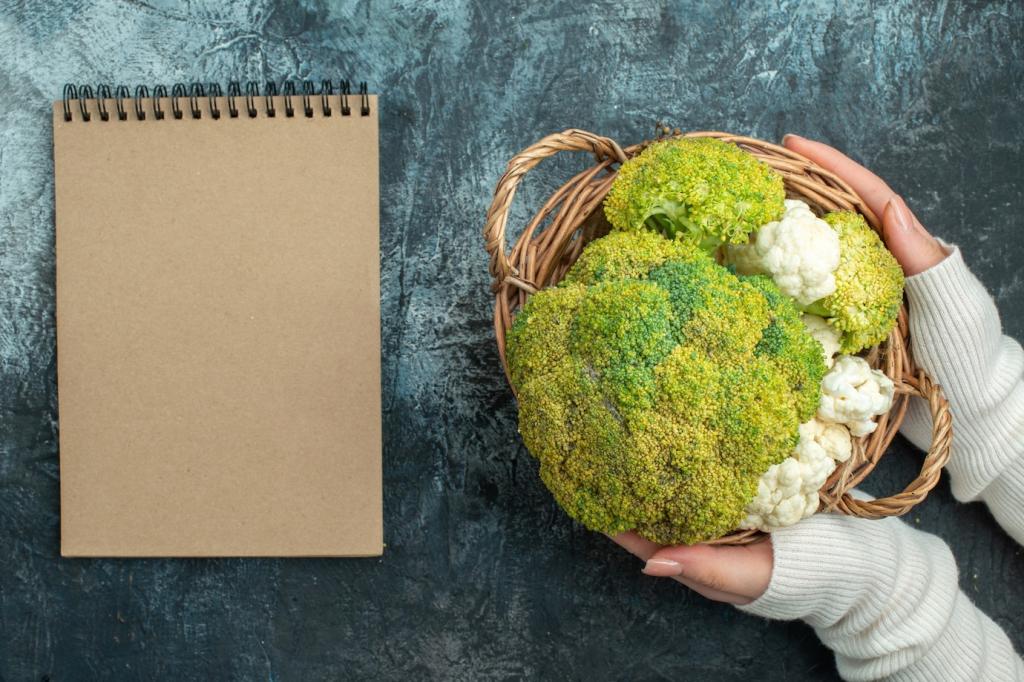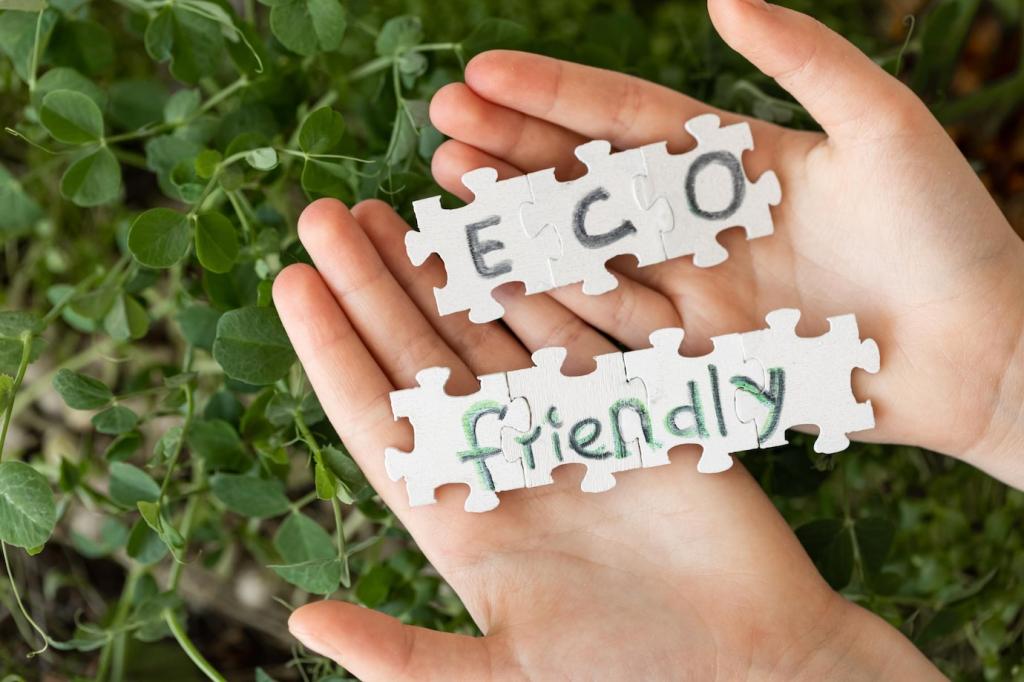Know Your Eco-Conscious Audience
Go beyond age or income and identify belief clusters: zero-waste purists, budget-minded switchers, curious beginners. Speak to their intentions and anxieties with empathy, acknowledging cost, convenience, and credibility without judgment to build trust and momentum.
Know Your Eco-Conscious Audience
Avoid scolding, jargon, and vague platitudes. Use concrete language that explains benefits clearly. Assume readers are thoughtful but busy; offer the why, the how, and the immediate payoff in one graceful breath to honor their time.









